Blog
Identity Verification Blog
October 31, 2023
Smurfing in Money Laundering Explained
Smurfing isn’t something related to the famous blue fictional characters. In money laundering, smurfing refers to a fraudulent practice of breaking a larger amount of money into numerous smaller portions. In this blog post, we answer the questions of how the funds get laundered later, how smurfing is different from structuring, and more.
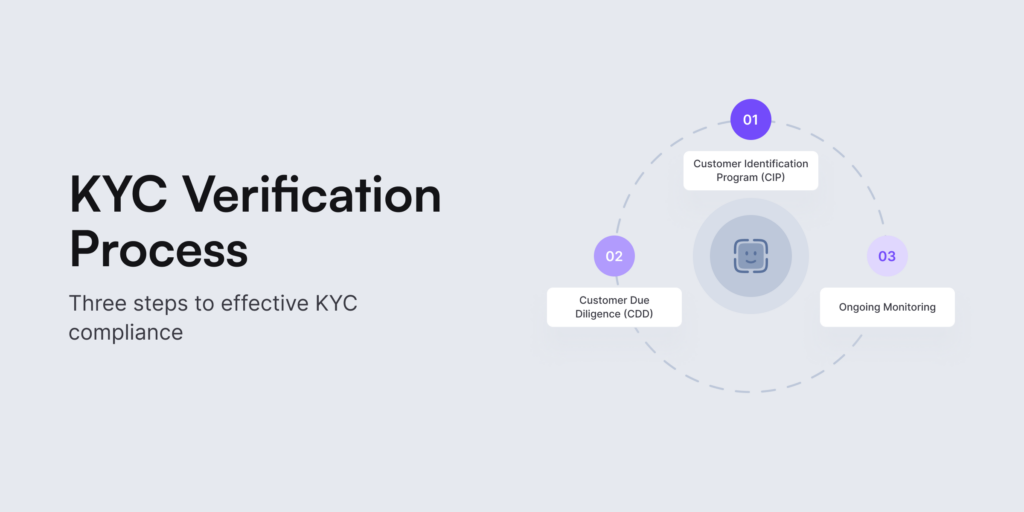
October 26, 2023
What are the 3 Steps to KYC?
Knowing your customers properly isn’t possible without KYC or Know Your Customer. Chances are that as soon as you hear this phrase, identity verification comes into mind. Today, this process is also known for strict regulatory compliance across various industries and jurisdictions. What’s the best way to verify a user’s identity? How do we keep the balance between compliance requirements and user experience? What are the 3 steps to KYC? We answer all the burning questions and provide the latest insights below.
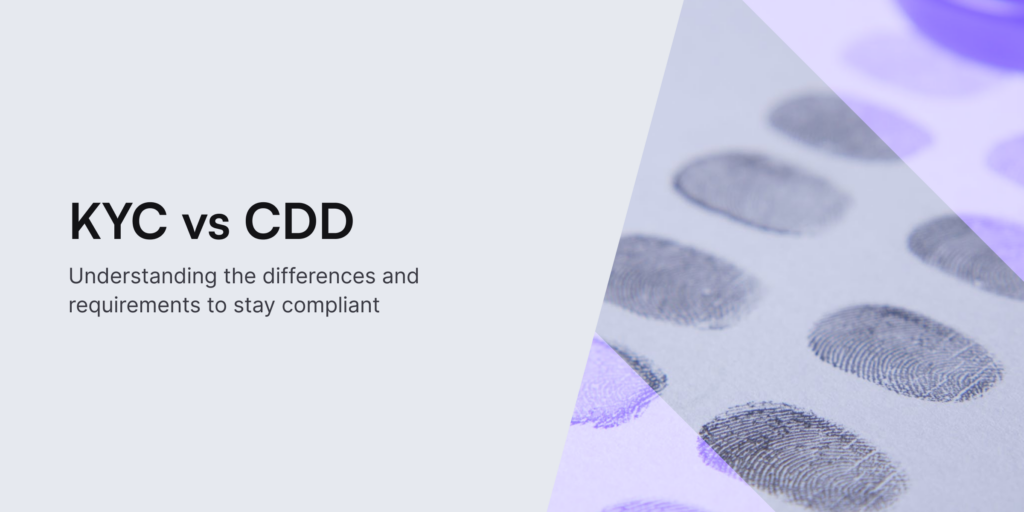
October 24, 2023
What is the Difference Between KYC and CDD?
KYC is designed to verify a current or potential customer’s identity, whereas CDD is a set of measures that lead to the KYC process. CDD is also a key step in KYC compliance. You can say that past KYC practices have evolved into present CDD solutions designed to assess customer risk. Both KYC and CDD can’t work without each other. But what are the biggest differences, and how can businesses stay compliant? Continue to read and find out.

October 19, 2023
Money Services Business (MSB) — AML Compliance Guide
A money services business (MSB) refers to an entity engaged in activities such as transmitting, converting, or exchanging money. This term is commonly used when talking about Anti-Money Laundering (AML) compliance, especially when trying to identify which MSBs are the obliged entities. This term includes a much broader spectrum of all kinds of financial institutions. Learn more.

October 13, 2023
Examples of Money Laundering and Prevention Methods
Fraudsters use money laundering tactics to run their schemes without leaving a paper trail. Money laundering remains a major and costly form of fraud for both businesses and the overall global economy. That’s why businesses must actually know their customers and their backgrounds before allowing them to start their transactions. This is where AML compliance and knowing the main examples of money laundering become extremely important. Read more.
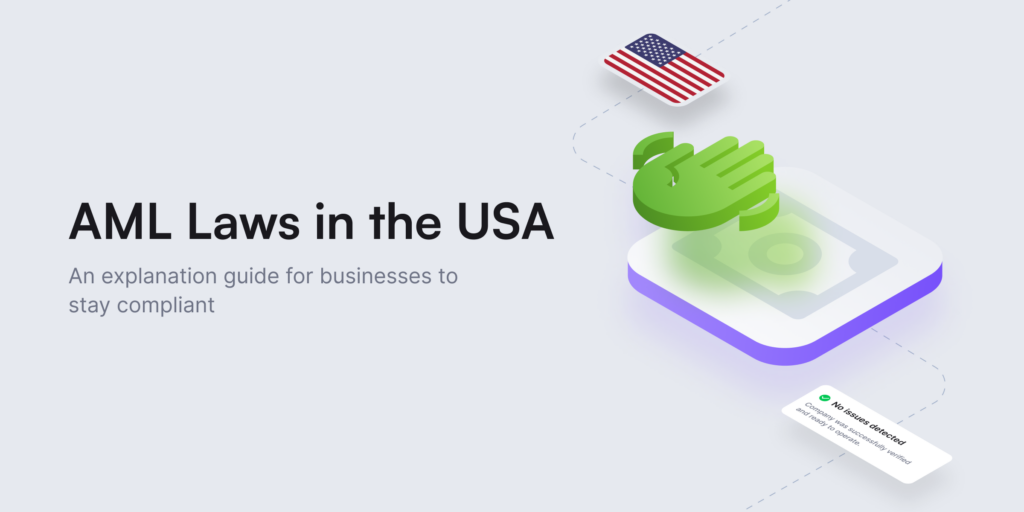
October 10, 2023
What are the Key AML Laws in the US? [Business Guide]
Transaction monitoring, verifying business relationships, working with regulators, or training your staff is just the beginning of ensuring compliance with AML laws in the US. Since the BSA was implemented in 1970, the basics for the current AML framework in the country have elevated, posing more restrictions and processes for US companies to stay compliant. Follow our guidelines to learn more.

October 6, 2023
DEXs and KYC: Addressing Compliance Challenges
Decentralized exchanges (DEXs) are cryptocurrency trading platforms that enable direct transactions between users, aiming to lower transaction fees. They are considered to be fairly anonymous since users need to connect to a crypto wallet to get started. However, DEXs also encounter regulatory hurdles, such as addressing Know Your Customer (KYC) and Anti-Money Laundering (AML) concerns. Read more.
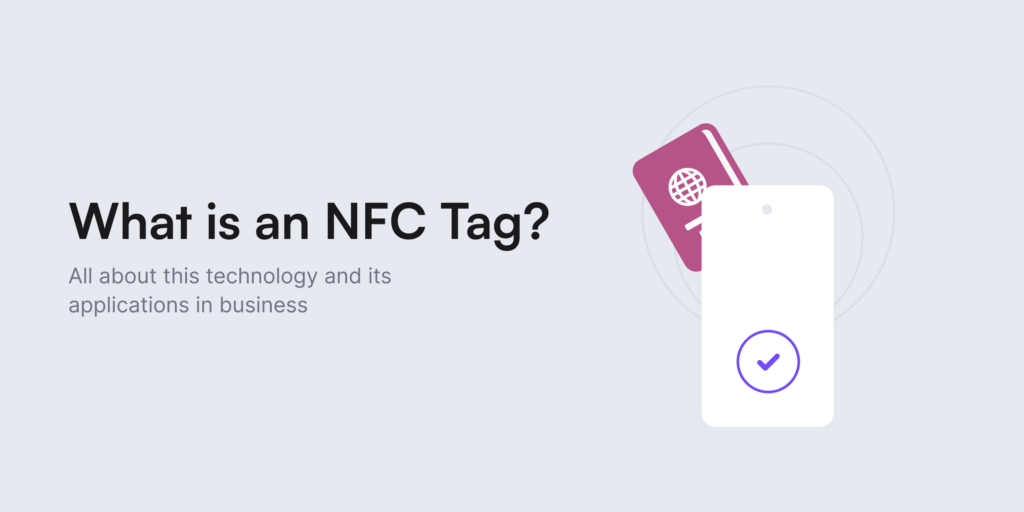
September 27, 2023
What is an NFC Tag? A 2025 Guide
An NFC tag can be programmed with a wide range of information and easily embedded into different products. That’s why there’s no surprise that, with over 80% of smartphones now equipped with NFC, companies are exploring new ways to incorporate NFC technology into their customer experiences.

September 27, 2023
What You Should Know About Selfie Identity Verification
Selfie identity verification is the latest ‘it’ trend when it comes to different industries and their top KYC picks. That’s because this verification measure is simple and effective both for the user and for the business, aiming to safeguard its assets. And it’s exactly as it sounds — it requires users to take a selfie, typically during the customer onboarding process. Learn more about its benefits, susceptibility to fraudsters, and more.
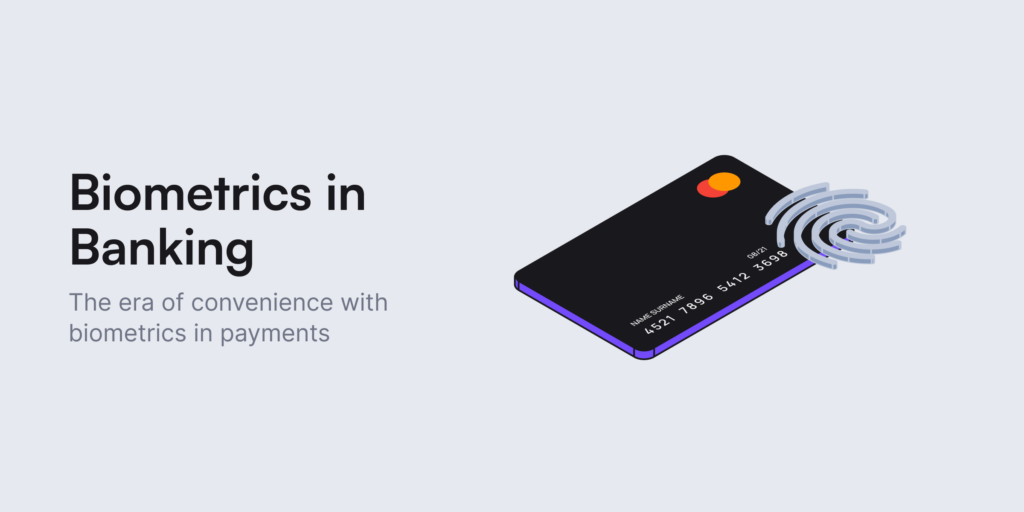
September 25, 2023
Top 5 Use Cases of Biometrics in Banking
There are many examples of how biometrics can be used in banking. For example, biometrics can help financial institutions prevent fraud, support regulatory compliance, and provide an alternative way to authentication. That’s why, due to the technology’s convenience, it’s now storming the financial industry, replacing passwords and paving the way to becoming one of the top technological solutions for both KYC and fraud prevention. Read more.
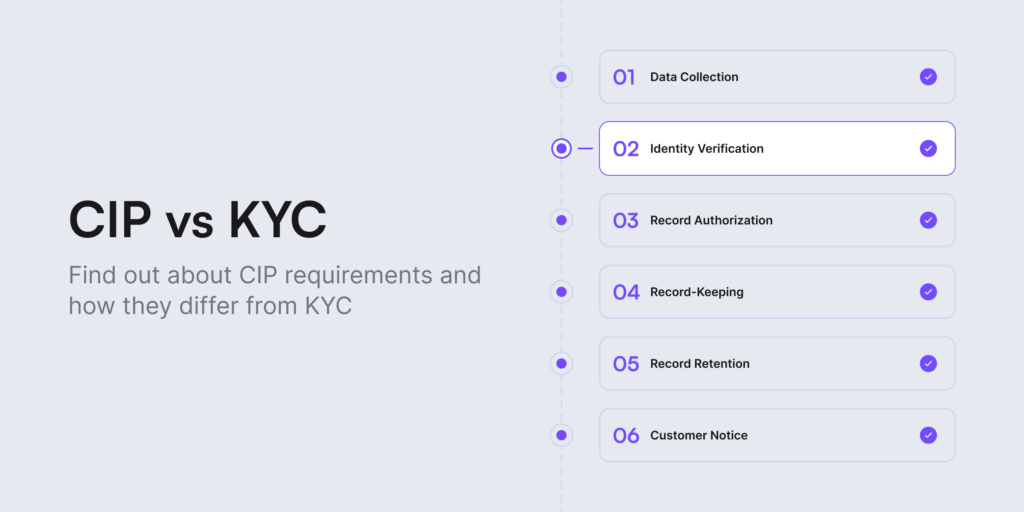
September 21, 2023
What is the Difference Between CIP and KYC? Examples & FAQs
Customer Identification Program (CIP) and Know Your Customer (KYC) are two different business operations that don’t work the same. However, businesses often confuse these terms when talking about ensuring Anti-Money Laundering (AML) compliance and preventing illegal activity. In this blog post, we’ll explain each process in detail, highlighting the key differences to help you create a strong customer identity verification system.

September 19, 2023
What is Identity Proofing? Complete Security Guide with Examples
The Federal Trade Commission (FTC) reported receiving a total of 5.7 million reports related to fraud and identity theft, with 1.4 million of these reports specifically involving identity theft cases. With this level of crime and illicit activity, identity proofing is an inevitable process for businesses that want to protect their assets and their customer’s data.
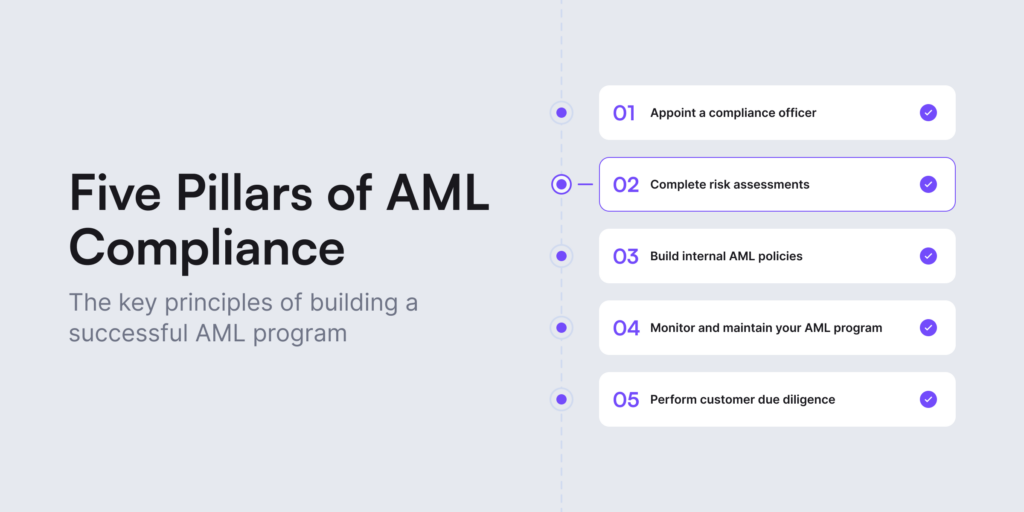
September 15, 2023
What are the Five Pillars of AML Compliance?
When establishing a robust AML compliance program, financial institutions must prioritize their ability to identify and assess potential risks. This is particularly crucial when dealing with customers who pose a higher risk of engaging in money laundering. To achieve this, a robust compliance program with the five key AML pillars is required.

